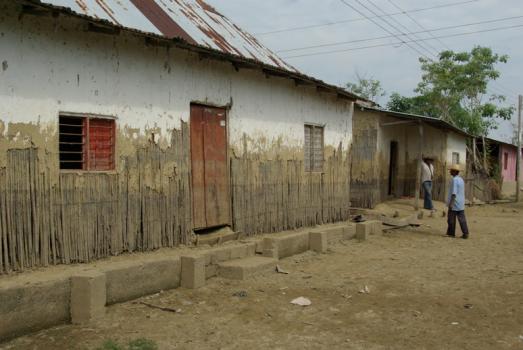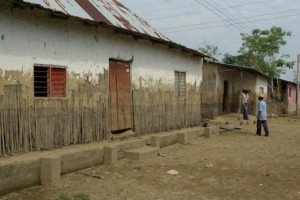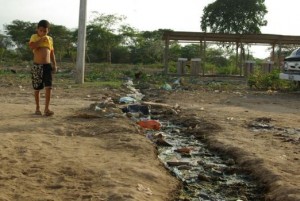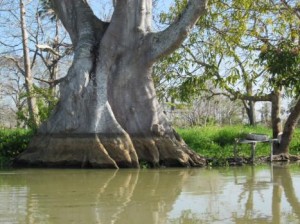
Colombia’s Climate Security Risk
I see that Refugees International, one of the most authoritative voices in the world on refugee issues, has been running a series of photo essays of the aftermath of last year’s record flooding in the Ayapel, La Mojana, and Southern Atlantico regions of Northern Colombia. I have included several of these on this post.
Colombia is particularly vulnerable to security-related impacts of a changing climate. In 2009, the CNA Corporation released a report, “Impacts of Climate Change on Colombia’s Regional and National Security” that details how changes to Colombia’s climate and weather patterns could impact people’s livlihoods, and ultimately the national security of. I have been told by people who have worked with the Colombian military that they take this threat seriously, even in the face of very immediate threats like drug smuggling and insurgency. They should take it seriously, because it poses unknown, overlapping dangers to both Colombian security, and broader regional and international stability.
Colombia is a particularly worrisome area for climate impacts because we simply do not know how warming will affect the area. It is tropical, and its weather is very influenced by the el Nino/la Nina phenomenon in the Eastern Pacific. This creates a wet-season/dry-season dynamic that can lead to very heavy rains. And, Colombia’s mountainous topography creates a funnel effect down which the rains can quickly become dangerous flash floods.
One of the prime ways that climate and weather changes can manifest into real regional and international security threats is through ‘Climate Refugees’. As severe weather changes cause groups of people to move away from their home, they could come into conflict with the people residing in the places they move to. The instability of being uprooted from your hometown can create a class of people highly likely to be radicalized and cause violence. We have seen refugee movements in Africa and South East Asia as a prime way for conflict to spread across borders.
What is most worrying about this is that these essays show how the security effects of climate change is not simply speculation about an unknown future. Instead, it shows that this is happening now, and the international community should help to invest now for the future. There are two ways to prepare for this: the first is to prepare the Colombian military for interventions that could prevent conflict. The close working relationship between the American and Colombian militaries should allow sharing of best-practices between the two militaries. More effective, however, would be aid projects that reduce vulnerability to flooding, like wastewater treatment or floodplain management.










[…] Holland: Colombia’s Climate Security Risk […]
… [Trackback]…
[…] Read More: americansecurityproject.org/blog/2012/colombias-climate-security-risk/ […]…